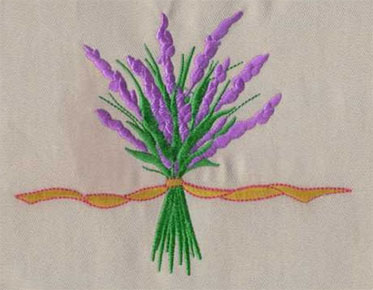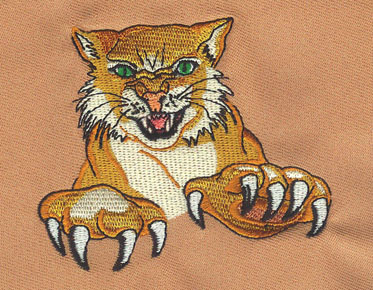Preventing Foam From Showing in 3D Embroidery Designs
3D puff embroidery is a popular
technique that gives a design added dimension and depth. However, one common
challenge is preventing the foam from showing around the edges of the design.
This article will discuss how to solve this problem effectively through careful
design and digitization processes.
1. Understanding the Role of Foam in 3D Embroidery
In 3D embroidery, foam is placed beneath the
top stitches to create a raised effect. However, if not properly managed during
the embroidery digitization process,
the foam can show around the edges of the design, affecting the final look.
2. Proper Design Digitization
Proper digitization is key to preventing the
foam from showing in your final design. When you convert your design into a
format the embroidery machine can
read, it's crucial to ensure that the stitches adequately cover the foam.
Tip: Using an embroidery digitizing service can save you time and ensure your design is correctly prepared for 3D embroidery. These services have the expertise and software to handle complex designs.
3. Appropriate Stitch Types and Density
Choosing the right stitch types and densities
is crucial. Satin stitches are often used in 3D embroidery because they provide
a smooth finish that covers the foam effectively.
Tip: Adjust the density of your stitches to
accommodate the foam. The stitches need to be dense enough to hold the foam in
place but not so dense that they perforate and tear the foam.
4. Correct Sequence and Direction
The sequence and direction of stitches can
also help prevent the foam from showing. Stitches should be designed to move
from the center of the design outwards, pushing the foam towards the edges.
Tip: The sequence in which the design is
stitched out can also make a difference. Stitch the outline last to ensure that
the foam is fully secured underneath.
5. Color-Matched Foam
Using foam that matches the color of your
thread can also help hide any foam that might show around the edges.
Tip: Even if some foam does show, it will be less noticeable if it's the same color as the thread.
Frequently Asked Questions
Q1: Can I use regular foam for 3D embroidery?
A: It's best to use foam specifically designed
for 3D embroidery, as it's made to withstand the embroidery process and to be
easily removed where it's not stitched down.
Q2: I've done everything right, but the foam is
still showing. What can I do?
A: If you've followed all the right steps and
the foam is still showing, you might want to consider using a professional embroidery digitization service. They have the expertise and software needed to handle complex
digitization tasks.
Q3: Are some designs more prone to showing
foam than others?
A: Yes, designs with small, intricate details
or thin lines are more likely to show foam. It's best to choose bold, simple
designs for 3D embroidery.
Q4: Can I use 3D embroidery on any fabric?
A: 3D embroidery works best on sturdy fabrics
that can support the weight and density of the stitches and foam. Light or
stretchy fabrics may not give the best results.
Mastering the art of 3D embroidery takes time
and practice, but the result is worth it. With these tips, you should be well
on your way to creating beautiful, professional-looking 3D embroidery designs.
And remember, there's no shame in seeking help from an digitizing service for embroidery if you need it.



